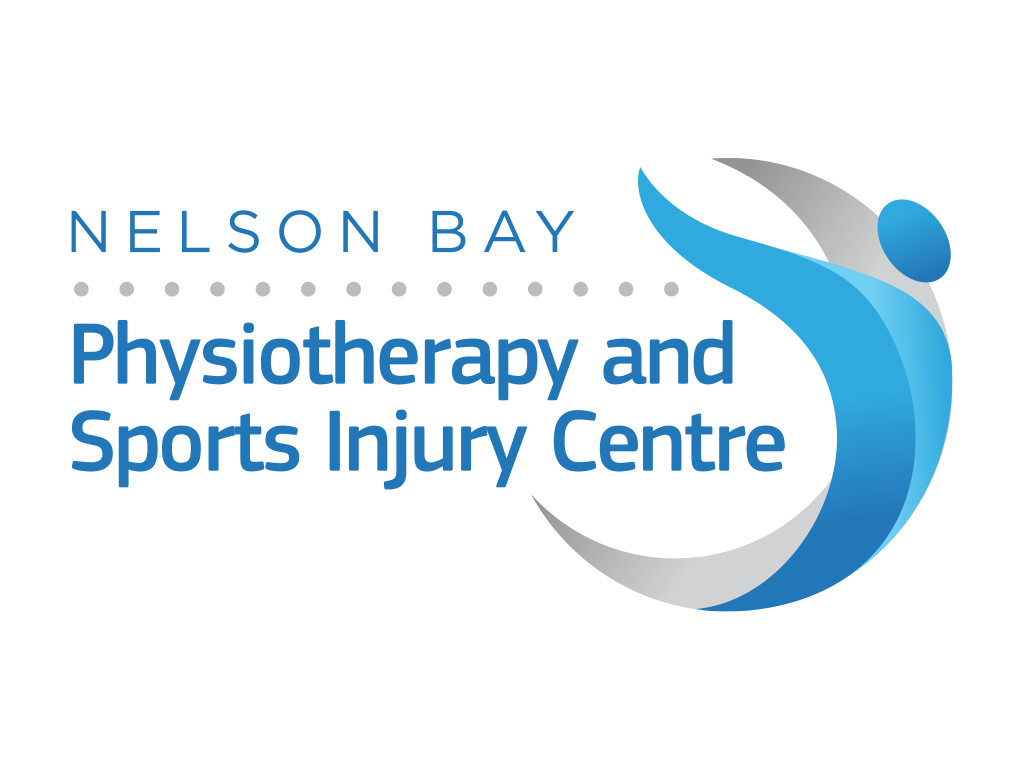APA top tips for setting up your workspace
September 20, 2015

26th May 2015
Are you spending hours slouching over a computer, and feeling the strain in your muscles? With all the time we spend staring at our screens, it’s important we don’t turn a blind eye to the importance of how our work space is set up.
Incorrect posture at your desk can lead to many problems including neck pain, back pain and headaches, so it is vitally important the area where you spend a lot of time each day, is set up correctly.
To assist, Australian Physiotherapy Association (APA) National President Marcus Dripps has provided his top tips and tricks:
1. Place your screen at eye level
Dripps recommends positioning your screen so it is directly in front of you, about an arm’s length away, with the top of the screen at eye level. “This ensures your head is in line with your torso so your neck and shoulder muscles are less fatigued. If you’re using a laptop, it might be best to get a stand for your monitor,” he says.
2. Support your back
“This is key. Adjusting your chair so your lower back is supported will reduce strain on your back. Ensure your knees are level with your hips too–this will help to relax your shoulder and neck muscles.”
3. Check placement of your elbows, arms and wrists
According to Dripps, placing your keyboard in a position where you can reach it comfortably and at a height where your wrists and forearms are straight and level with the floor is imperative. “Your elbows should be by the side of your body so the arm forms an L-shape at the elbow joint. This will help prevent repetitive strain injuries,” he says.
4. Refine your keyboard location
“Be sure your keyboard is directly in front of you when typing, leaving a gap of about 100–150mm at the front of the desk to rest your wrists between tasks. Keep in mind, your wrists should be straight when using a keyboard.”
5. Keep your mouse close
Dripps says a simple tip is to keep your mouse and the keyboard close to you–this will help avoid strain and support your arm on the desk when using the mouse. “A mouse mat with a wrist pad can also help keep your wrist straight and avoid awkward bending.”
6. Rest your feet on the floor
Both of your feet should be comfortable, either flat on the floor or supported by a footrest. He strongly recommends not crossing your legs as it could result in bad posture with resultant harmful effects’ on the back, hip and pelvis.
7.Take a break
“Finally and importantly, take regular breaks every hour to stretch your legs, drink plenty of water and remember to regularly do some simple neck and back stretches,” Dripps concludes.
About the Australian Physiotherapy Association (APA)
The APA is the peak body representing the interests of Australian physiotherapists and their patients. It is a national organisation with state and territory branches and specialty subgroups. The APA represents more than 17,000 members who conduct more than 21 million consultations each year.
